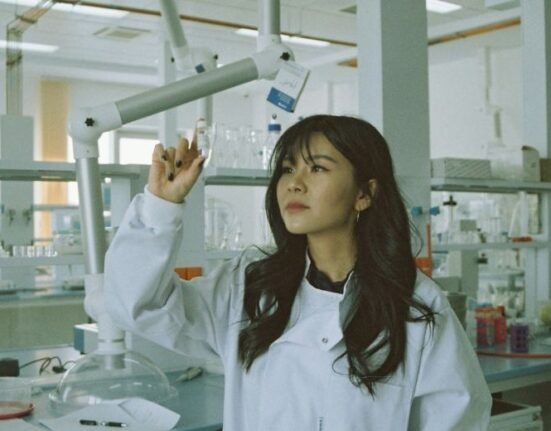HQ Team
August15, 2024: A clinical trial has successfully restored hearing in five children suffering from inherited deafness by administering gene therapy to both ears. Conducted by researchers from Mass Eye and Ear and the Eye & ENT Hospital of Fudan University in Shanghai, this trial led to significant improvements in speech perception and the ability to localize sound.
The study marks the first instance of bilateral gene therapy for children with DFNB9, a genetic condition caused by mutations in the OTOF gene. This gene is essential for producing the otoferlin protein, which plays a critical role in auditory function.
Key findings
All five children demonstrated hearing recovery in both ears, with notable enhancements in speech recognition, especially in noisy environments. Two participants even reported an ability to appreciate music, highlighting the therapy’s effectiveness in restoring complex auditory signals.
This trial builds upon an earlier study that treated children in one ear, which had already shown promising results. The current research emphasizes the importance of bilateral treatment to maximize hearing recovery and improve sound localization.
The results from these studies are astounding,” said study co-senior author Zheng-Yi Chen, DPhil, an associate scientist in the Eaton-Peabody Laboratories at Mass Eye and Ear. “We continue to see the hearing ability of treated children dramatically progress and the new study shows added benefits of the gene therapy when administrated to both ears, including the ability for sound source localization and improvements in speech recognition in noisy environments.”
Target Population
The focus on children is crucial, as early intervention is vital for speech development. With approximately 26 million individuals affected by congenital deafness globally, and 60% of childhood deafness attributed to genetic factors, the need for innovative treatments is pressing.
The researchers injected functioning copies of the OTOF gene via adeno-associated virus (AAV) into the inner ears of the children. The trial observed participants over either a 13-week or 26-week period, with ongoing monitoring to assess long-term effects.
Future implications
The findings from this study suggest a promising avenue for treating other forms of genetic and non-genetic deafness. The research team advocates for larger international trials to further explore the potential of this gene therapy approach.
“Restoring hearing in both ears of children who are born deaf can maximize the benefits of hearing recovery,” said lead study author Yilai Shu MD, PhD, professor, director of Diagnosis and Treatment Center of Genetic Hearing Loss affiliated with the Eye & ENT Hospital of Fudan University in Shanghai, “These new results show this approach holds great promise and warrant larger international trials.”
“Our study strongly supports treating children with DFNB9 in both ears, and our hope is this trial can expand and this approach can also be looked at for deafness caused by other genes or non-genetic causes,” added Chen, who is also an associate professor of Otolaryngology-Head and Neck Surgery at Harvard Medical School. “Our ultimate goal is to help people regain hearing no matter how their hearing loss was caused.”
Despite the success, the study acknowledges the need for caution regarding potential adverse reactions from the treatment, such as immune responses to the AAV injections. Ongoing analysis and larger randomized trials will be essential for establishing the long-term safety and efficacy of this therapy. This pioneering work not only offers hope to children with DFNB9 but also opens doors for future interventions in the realm of genetic hearing loss, as currently, there are no drugs to treat it
The study is published in Nature Medicine.








